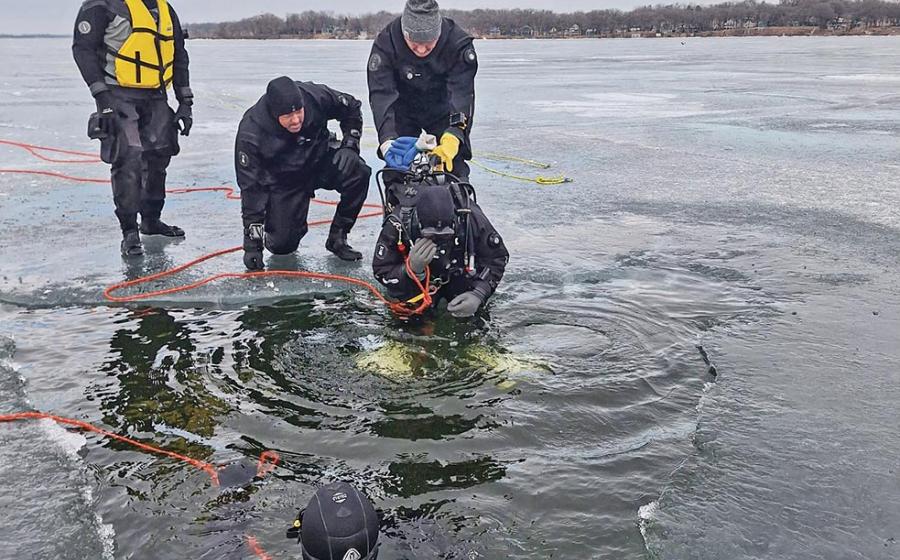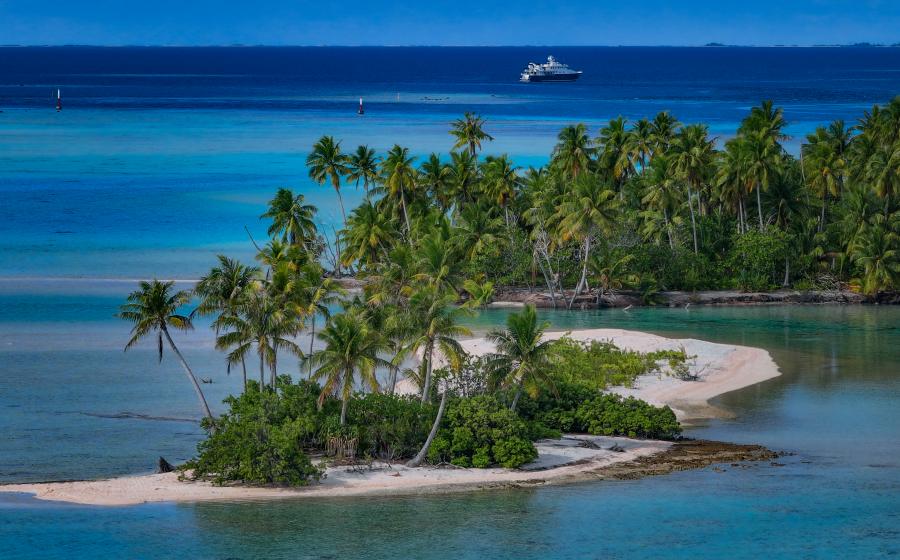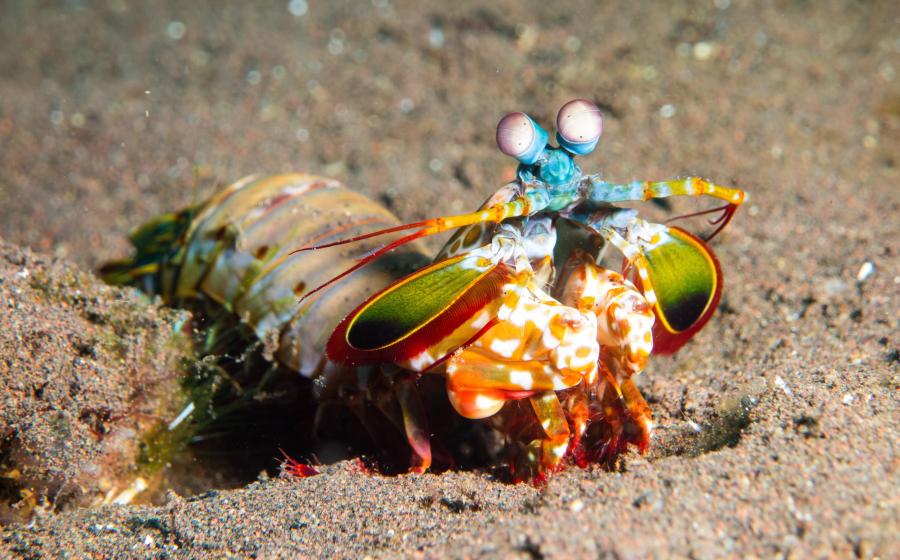Sharp Shooters: 2002 Bonaire Digital Shootout
More than 90 digital photo enthusiasts traveled to Bonaire in November to sample the terrestrial and underwater offerings of this photogenic island in the southern Caribbean. The Second Annual Digital Shootout was hosted by the Divi Flamingo Beach Resort and Casino and Captain Don's Habitat, and was sponsored by Rodale's Scuba Diving, Olympus, Light & Motion, Backscatter, Seacam and Adobe.
To see Stephen Frink's daily journal of the event, visit www.scubadiving.com. To gain insight into the equipment and techniques used to nail the winning images, read on:
Jeff Farris
|||
|---|---|
|

|
1st Place, MacroEQUIPMENT: Olympus C-4040Z; Olympus PT-010 housing; 2 Sea & Sea YS-90DX strobes
At the Klein Bonaire site called Forest, exposure to open-ocean currents makes for a challenging dive, but also makes it a prime habitat for filter feeders. The reef is covered in orange sponge. Someone from our boat found the needle (frogfish) in the haystack (orange sponge) and signaled me. I spent about 10 minutes trying different framing and exposure settings. I worked on lighting the subject to emphasize the texture of its skin, which mimics the texture of the sponge and provides camouflage, despite the glaring contrast.
Okie LoPresti
|||
|---|---|
|

|
2nd Place, Macro
With the monitor back on the camera, I could check every shot immediately and see what needed to be adjusted. So the process went like this: Shoot, review, adjust, pray one eel doesn't swim away, shoot, review, adjust.
Fred Fisher
|||
|---|---|
|

|
3rd Place, Macro
After spotting Christmas tree worms on a coral head, I approached and found there was a goby sitting next to them. I slowly floated toward the subject and took several shots at different exposures.
Art Schumer
|||
|---|---|
|

|
1st Place, Wide-angleEQUIPMENT: Nikon D1X; 17-35mm f-2.8 lens; SB-28dx strobe; Sea & Sea 90dx slave strobe; Seacam housing
The morning light for my dive at Salt Pier was gorgeous, and the schools of fish cooperated nicely. I hovered off the bottom a few feet and let the fish get comfortable with me before I started shooting. I metered off the blue background and set my exposure for about one f-stop darker than what the meter indicated in order to get a little deeper blue in the photo. Adjusting the strobes to reduce the amount of light on the fish was critical as the biggest problem with shots like this are the reflections off the bodies of the fish. Using a digital camera was a real advantage in this situation because it allowed me to see the photo right after it was taken to see how the exposure worked out. In this case, I had to shoot a number of times until I got just the one I was looking for.
Ken Bailey
||||
|---|---|---|
|

|
| Photography by Ken Bailey|
2nd Place, Wide-angle
I metered the blue water for background exposure and then set my strobes to light the foreground. Once I got set, I took several shots to fine-tune the exposure on the prop by varying the position of the strobes.
Patrick Hearn
|||
|---|---|
|

|
3rd Place, Wide-angle
I spotted this grouper settling into a cleaning station at around 50 feet and moved in slowly. Once the fish got used to me, it opened wide to give the cleaners total access.
Marsha O'Shaughnessy
|||
|---|---|
|

|
1st Place, TopsideEQUIPMENT: Olympus Camedia C-4000 zoom digital
This iguana was a perfect subject for me to practice my camera skills on before I got back into the water. It has great skin texture and patterns, and was fairly cooperative. To get this shot, I had to lie on the walkway and ask the iguana for a little cooperation. I was trying to apply what I learned in the seminars before heading back under water--shoot, review, adjust, shoot. I used manual mode and worked with different compositions, shutter speeds and aperture settings. While I was reviewing and adjusting, the iguana was also reviewing my position and adjusting his pose. Passersby offered words of advice and encouragement, probably thinking that someone lying on the walkway in the hot sun needed some sort of help. In the end, I got the shot.
Jim Platz
|||
|---|---|
|

|
1st Place, Creative
I used side lighting and shadows to create drama. A fast shutter speed resulted in a dark background (which I retouched in Photoshop), effectively isolating the subject so that it jumps out of the darkness. Focused on the eye, the limited depth of field flattens the face, creating a more anthropomorphic image.
Maryke Kolenousky
|||
|---|---|
|

|
2nd Place, Creative
I was attempting to adjust exposures to darken the background while lighting the main subject. The original image of the seahorse appeared to achieve this goal, so the only adjustments I made in Photoshop were cropping slightly, cleaning up a little backscatter, and saturating color by about 10 percent.
More than 90 digital photo enthusiasts traveled to Bonaire in November to sample the terrestrial and underwater offerings of this photogenic island in the southern Caribbean. The Second Annual Digital Shootout was hosted by the Divi Flamingo Beach Resort and Casino and Captain Don's Habitat, and was sponsored by Rodale's Scuba Diving, Olympus, Light & Motion, Backscatter, Seacam and Adobe.
To see Stephen Frink's daily journal of the event, visit www.scubadiving.com. To gain insight into the equipment and techniques used to nail the winning images, read on:
Jeff Farris

1st Place, Macro
EQUIPMENT: Olympus C-4040Z; Olympus PT-010 housing; 2 Sea & Sea YS-90DX strobes
At the Klein Bonaire site called Forest, exposure to open-ocean currents makes for a challenging dive, but also makes it a prime habitat for filter feeders. The reef is covered in orange sponge. Someone from our boat found the needle (frogfish) in the haystack (orange sponge) and signaled me. I spent about 10 minutes trying different framing and exposure settings. I worked on lighting the subject to emphasize the texture of its skin, which mimics the texture of the sponge and provides camouflage, despite the glaring contrast.
Okie LoPresti

2nd Place, Macro
With the monitor back on the camera, I could check every shot immediately and see what needed to be adjusted. So the process went like this: Shoot, review, adjust, pray one eel doesn't swim away, shoot, review, adjust.
Fred Fisher

3rd Place, Macro
After spotting Christmas tree worms on a coral head, I approached and found there was a goby sitting next to them. I slowly floated toward the subject and took several shots at different exposures.
Art Schumer

1st Place, Wide-angle
EQUIPMENT: Nikon D1X; 17-35mm f-2.8 lens; SB-28dx strobe; Sea & Sea 90dx slave strobe; Seacam housing
The morning light for my dive at Salt Pier was gorgeous, and the schools of fish cooperated nicely. I hovered off the bottom a few feet and let the fish get comfortable with me before I started shooting. I metered off the blue background and set my exposure for about one f-stop darker than what the meter indicated in order to get a little deeper blue in the photo. Adjusting the strobes to reduce the amount of light on the fish was critical as the biggest problem with shots like this are the reflections off the bodies of the fish. Using a digital camera was a real advantage in this situation because it allowed me to see the photo right after it was taken to see how the exposure worked out. In this case, I had to shoot a number of times until I got just the one I was looking for.
Ken Bailey

Photography by Ken Bailey
2nd Place, Wide-angle
I metered the blue water for background exposure and then set my strobes to light the foreground. Once I got set, I took several shots to fine-tune the exposure on the prop by varying the position of the strobes.
Patrick Hearn

3rd Place, Wide-angle
I spotted this grouper settling into a cleaning station at around 50 feet and moved in slowly. Once the fish got used to me, it opened wide to give the cleaners total access.
Marsha O'Shaughnessy

1st Place, Topside
EQUIPMENT: Olympus Camedia C-4000 zoom digital
This iguana was a perfect subject for me to practice my camera skills on before I got back into the water. It has great skin texture and patterns, and was fairly cooperative. To get this shot, I had to lie on the walkway and ask the iguana for a little cooperation. I was trying to apply what I learned in the seminars before heading back under water--shoot, review, adjust, shoot. I used manual mode and worked with different compositions, shutter speeds and aperture settings. While I was reviewing and adjusting, the iguana was also reviewing my position and adjusting his pose. Passersby offered words of advice and encouragement, probably thinking that someone lying on the walkway in the hot sun needed some sort of help. In the end, I got the shot.
Jim Platz

1st Place, Creative
I used side lighting and shadows to create drama. A fast shutter speed resulted in a dark background (which I retouched in Photoshop), effectively isolating the subject so that it jumps out of the darkness. Focused on the eye, the limited depth of field flattens the face, creating a more anthropomorphic image.
Maryke Kolenousky

2nd Place, Creative
I was attempting to adjust exposures to darken the background while lighting the main subject. The original image of the seahorse appeared to achieve this goal, so the only adjustments I made in Photoshop were cropping slightly, cleaning up a little backscatter, and saturating color by about 10 percent.






